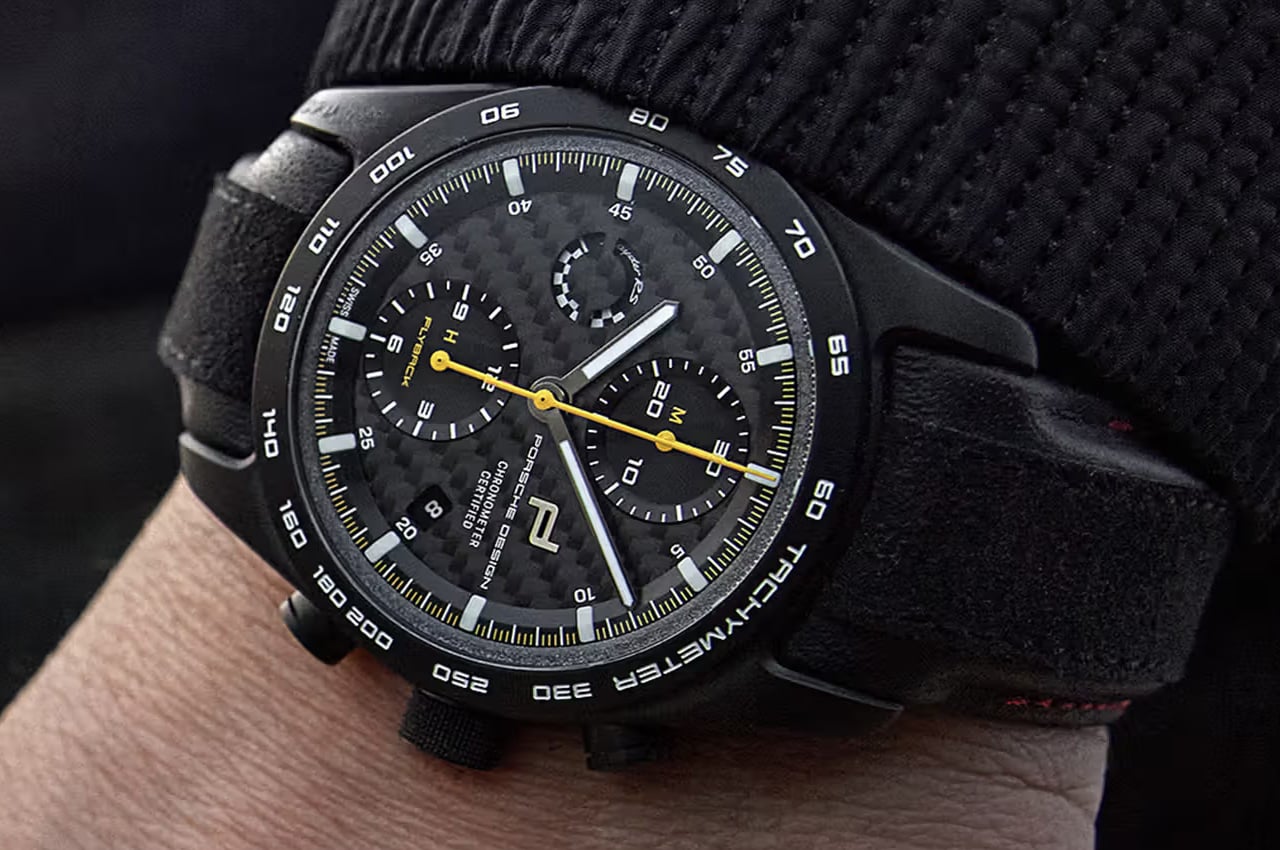We solved the Smartphone Keyboard problem back in 2013… It’s time to bring this concept back


I’ve owned a smartphone for a decade. I think a decade should be enough time to really go over a learning curve and become a master of something… but here’s the problem. I’ve typed relentlessly on touchscreens for ten freaking years yet I still make typos – more so than ever. Ten years should be enough to be able to navigate a keyboard without problems, right? Enough time to develop muscle memory to type flawlessly. I still make at least one typo every 2 sentences, which by ANY standard, is horrendous… especially after a decade of it.
Touchscreen keyboards are fundamentally broken. No level of swipe-to-type or alternative keyboard formats/designs will fix this. I also got my hands on the Clicks keyboard for my iPhone 15 Pro, and while it solves the typing problem (phenomenally well, if I may add), it doesn’t solve the real estate problem. The resulting device is at least 40% longer than my existing phone… resolving a typing issue by creating a size issue doesn’t seem like the best kind of fix, but I found myself stopping dead in my tracks when I stumbled across this concept from Jet Weng (founder of case-making brand SUPCASE). Concept Plumage builds a keyboard right into the phone’s case in a way that doesn’t extend the phone’s inherent footprint. For a concept released in 2013 (when Windows Phones were still a thing), it seemed way too futuristic its time, but in today’s reality, Concept Plumage can absolutely exist… and it should.
Designer: Jet Weng


When Weng designed the Concept Plumage, he envisioned the phone as having just ‘half’ a screen. Sort of like a Blackberry-esque device, Plumage would remain shut most of the time, but would open sort of like peeling a banana to reveal a screen on top and a physical keyboard at the bottom. Flip, type confidently, navigate the web, use the upper touch-sensitive screen, flip back to shut the phone. It’s elegant and user-friendly, even though the Concept Plumage essentially absorbs half of your phone’s screen space (or rather, the space where the screen could have been).




But let’s really look at the big positive here – this format of ‘flipping over a flap to reveal half a keyboard’ is actually a brilliant idea. Smartphone cases could implement a keyboard like this with absolute ease. Flip the flap halfway down for a keyboard, flip it completely to use your phone’s screen in its entirety. The logistics are manageable, but the pros outweigh everything I can think of.




Imagine having a smartphone with a dedicated keyboard that disappears when you don’t need it. Your average smartphone now has AI – it’s VASTLY more powerful than laptops from a decade ago – the only thing really stopping it from becoming a full-fledged personal computer is the fact that typing on a touch-sensitive screen is still such a massive problem… nearly 20 years after Jobs unveiled the first multitouch display on the first ever smartphone.


Weng’s concept from 12 years ago still sounds extremely promising for phones of today. If anyone from SUPCASE is reading this, you’re sitting on a goldmine. Keyboards run on BLE, and can be made to be really thin. Develop a keyboard that snaps to the front of your phone and runs for weeks (if not months) on a minuscule battery. Since half the flap houses the keyboard itself, the other half could be the processor, battery, and potentially a wireless charging coil that juices your keyboard flap in minutes, allowing it to run for months. Or better still, ditch the wireless charging headache for a simple solar panel that keeps your keyboard perpetually juiced.


It’s 2025 – I really don’t think we’re making much progress if humankind still wastes 10-20% of their time backspacing words because of dumb typos. We could fix keyboards, smartphones, and by extent, portable personal handheld computing. It’s just a question of who builds the prototype first.
Sarang Sheth
If you liked the article, do not forget to share it with your friends. Follow us on Google News too, click on the star and choose us from your favorites.
If you want to read more like this article, you can visit our Technology category.




